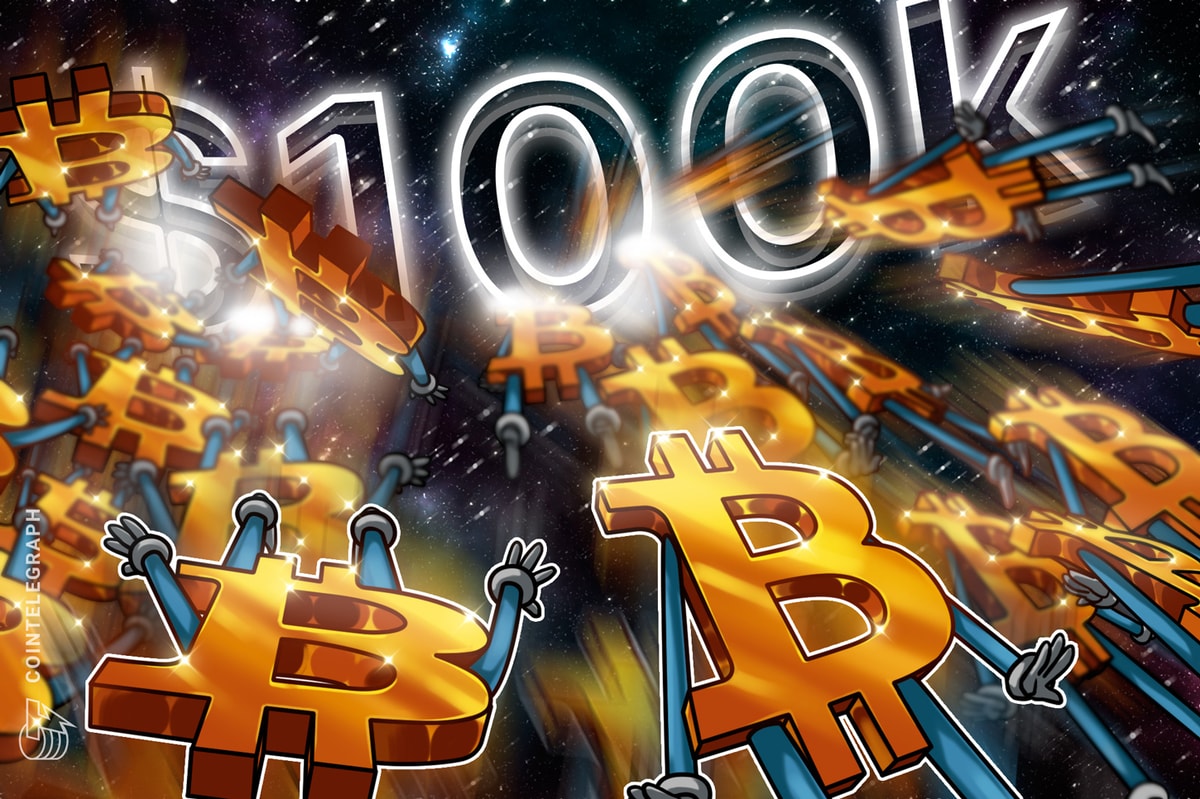After a meteoric rise beginning in 2021, the nonfungible token (NFT) market took a bit of a tumble in 2022. The floor prices of many projects gave way, particularly those centered around digital art, and many had declared that NFTs were dead. While sales volumes have begun growing again in 2023, they have not yet returned to the levels seen during the heights of the previous euphoria.
Yet nonfungible tokens as a technology have not actually gone anywhere, and many builders took the now-thawing crypto winter as an opportunity to continue developing relevant products, platforms and use cases, without the pressure and constant media attention of a bull market.
One such NFT ecosystem that continued building during the bear market is Rarible, which comprises the Rarible Protocol, Rarible marketplace, RARI token, Rarible DAO and RARI Foundation, with a new “layer 3” mainnet, RARI Chain, on the way.
On Episode 26 of The Agenda podcast, hosts Jonathan DeYoung and Ray Salmond spoke with Jana Bertram, head of strategy at RARI Foundation, about what makes Rarible unique, how the NFT market can become sustainable, the future of nonfungible tokens, exciting use cases, and more.

Solving NFTs’ branding issue
Ever since NFTs exploded in popularity, the technology has maintained somewhat of a poor reputation in the mainstream, and even in some crypto circles. Many people see them as just speculative assets, bad for the environment and/or a complete waste of money. Related to this, most people in the mainstream strictly associate NFTs with digital art.
Bertram acknowledged this issue, telling DeYoung and Salmond that NFTs, like anything else, can face criticism due to people’s past experiences. As for whether NFTs need a complete overhaul, “Rebranding something, that’s very common business practices,” she said. “And I think you can go through several iterations and probably will never have the final and formal form of how you call NFTs, right?”
“I’m personally okay with NFTs, especially when you’re talking to a Web3 audience,” Bertram stated, adding:
“But imagine a world in which it doesn’t actually matter that it’s an NFT. You know, maybe it’s just your membership ID, and who cares that it’s an NFT on the back end, and that’s how it actually functions right? To the end-user, that doesn’t mean anything.”
The most well-known NFT use case remains digital art, and one criticism that has affected branding is the argument that “I can just download the JPG, so why would I pay money for an NFT?” At the same time, many people simply prefer the experience of having a physical piece of art.
According to Bertram, there are ways to bridge the gap between the physical and digital, offering collectors the benefits of both. “Me and my husband, we’re big fans of this British artist called Matthew Stone,” she shared. “We own his NFTs, and every time we purchase the NFTs, the painting arrives as well, right? And we have that hanging on the wall. So yeah, there are like different ways to make the NFT tangible.”
Expanding NFT use cases
Beyond the art world, Bertram pointed DeYoung and Salmond toward the many other use cases for NFTs beyond just art. “There should be a world in which your homeowner association membership is an NFT, your rental contract is an NFT,” she shared. “There’s a lot of forms of ownership that you can digitize through the NFT as a technology. And then there’s, of course, also the whole aspect of IP [intellectual property], and just using NFTs as a technology for ensuring IP is respected.”
DeYoung asked Bertram whether or not there were any particularly interesting “sleeper use cases” for NTFs, with Bertram bringing up things such as phygital collectibles, token-bound innovation and intellectual property.
As to whether NFTs will fundamentally change modern society, Bertram shared, “I don’t know if we’re shaking things up entirely, but I think the whole bakery is shaking things up, right? Not necessarily just NFTs. So, the whole thing put together really is redefining how we operate as a society.”
“The fact that you have all these DAOs that have contributors from all over the world, across different cultures, across different economies, right? The fact that you can pay people cross-border without intermediaries. All of that has revolutionized the way we do things already, and then NFTs are a piece of the puzzle there.”
To hear more from Bertram’s conversation with The Agenda — including how Rarible bridges off-chain and on-chain governance, the future of NFT mass adoption and what it’s like to work at the RARI Foundation — listen to the full episode on Cointelegraph’s Podcasts page, Apple Podcasts or Spotify. And don’t forget to check out Cointelegraph’s full lineup of other shows!
This article is for general information purposes and is not intended to be and should not be taken as legal or investment advice. The views, thoughts, and opinions expressed here are the author’s alone and do not necessarily reflect or represent the views and opinions of Cointelegraph.
Magazine: Tokenizing music royalties as NFTs could help the next Taylor Swift










